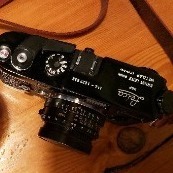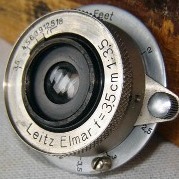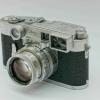-
Recently Browsing 0 members
- No registered users viewing this page.
-
Similar Content
-
- 9 replies
- 830 views
-
- 38 replies
- 2,147 views
-
- 16 replies
- 2,098 views
-
- 3 replies
- 378 views
-
- 45 replies
- 6,473 views
-




Recommended Posts
Join the conversation
You can post now and register later. If you have an account, sign in now to post with your account.
Note: Your post will require moderator approval before it will be visible.